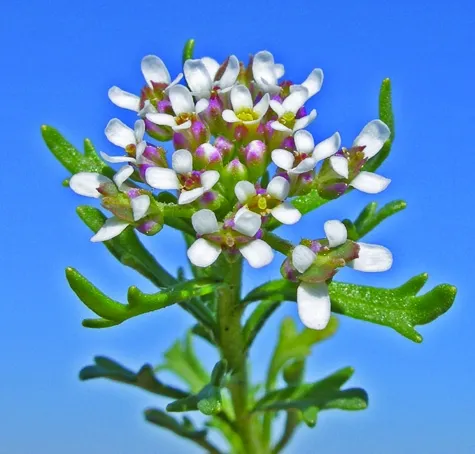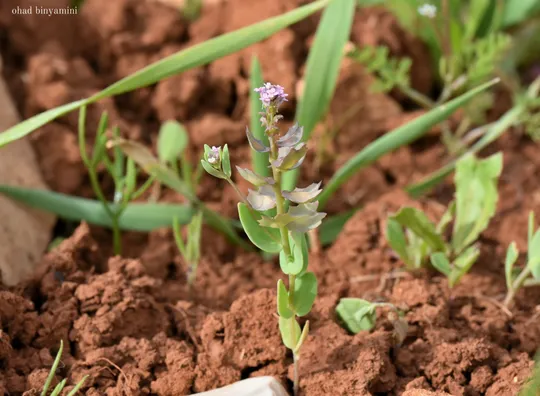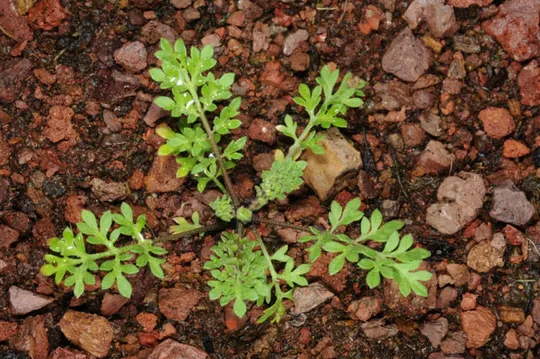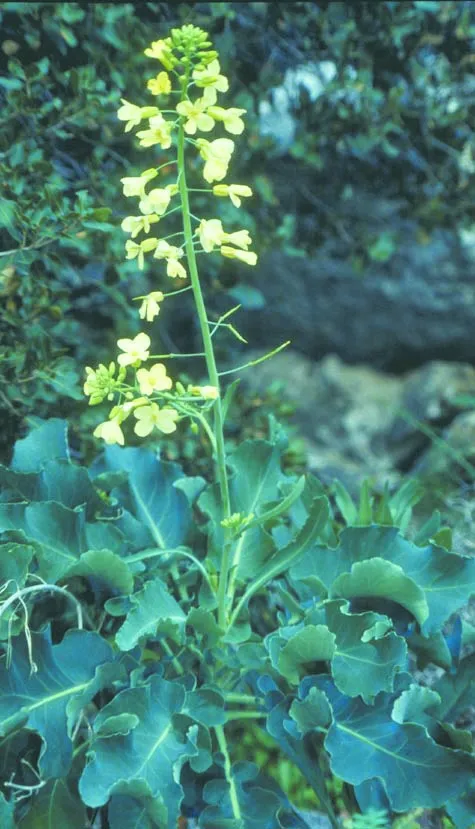Purplish Chorispora
Chorispora purpurascens


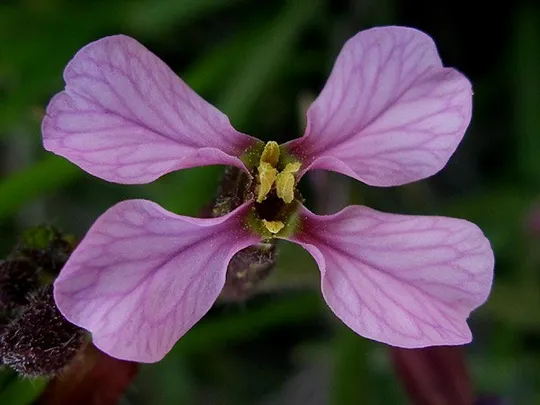

In Israel Chorispora
purpurascens grows in the Judean Mountains and in the Judean Desert,
on ten documented sites, although it is estimated that there are a total of
about 18 sites. In the Judean Mountains it was observed and collected from
several sites in Zif (south east of Hebron) and the Ma'on Ridge (Oz Golan,
2004) and also from one site in Jerusalem, on the Mount of Olives. It is
extinct at two sites in Jerusalem. In the Judean Desert it is found in the Tsur
Baher area, Mar Saba and Herodium, but has become extinct from two other sites
in these surroundings.
Chorispora purpurascens grows on fallow
fields and traditionally cultivated agricultural fields and on high transition
zone scrublands. According to the Flora of Iraq it also grows on plains,
depressions and slopes in sandy desert.
The genus Chorispora consists of ten
species most of them common in the Irano-Turanian region. C. tenella, a similar species but with small flowers, is
found from the Balkans through Central Asia to China in a more northerly colder
climatic zone than C.
purpurascens. Both species are considered noxious weeds in
agricultural areas. C. tenella is more common, its
leaves are edible and it is spreading in North America where it is considered
an invasive species. Raphanus raphanistrum and Enarthrocarpus
species are similar to C.
purpurascens in their foliage and constricted
fruit, but they have characteristic white or cream colored flowers with dark
veins on the petals and a fruit that is a schizocarp divided into single-seed
units.
·
The distribution
of Chorispora purpurascens is stable in terms of regions (Judean Mountains
and Judean Desert). However, the number of its sites has decreased
significantly, particularly in Jerusalem and in its vicinity.
·
Urban
development and earthworks in the Jerusalem region led to the extinction of C. purpurascens populations from sites on which it once grew and this threat still
exists. Traditionally farmed areas in southern Mount Hebron are disappearing, leading
to the loss of the species habitat.
·
The sites are
not located in nature reserves.
C. purpurascens is widely distributed in the
Middle East, but there is a lack of information regarding its threat status in
these countries.
An area in the southern Mount Hebron area should be
located on which traditionally managed agriculture can be preserved and that
will leave fallow land nearby. The site will be selected according to the
presence of species unique to this habitat, including Chorispora purpurascens.
It is easy to germinate the species, therefore backup populations should be
established in refuge gardens.
Chorispora purpurascens is found in the Middle East – Central Iran, Iraq, Turkey (Central and Eastern
Anatolia), Syria, Lebanon, Israel, Jordan (along its entire length) and
northern Saudi Arabia.
Chorispora purpurascens is a rare
annual plant of traditional agricultural and fallow fields that grows in the
Judean Mountains and Judean Desert transition zones. Development and the decline
of traditional agricultural habitats threaten C. purpurascens
at sites on which it still survives. It is not protected in nature reserves in
Israel.
Current Occupancy Map
| 1000 squre meter pixel | 5000 squre meter pixel | 10000 squre meter pixel | |
|---|---|---|---|
| number of observations | 0 | 0 | 0 |
| in total pixels | 0 | 0 | 0 |
| Family | Brassicaceae |
| Classification | On the endangered species list |
| Ecosystem | Semi Steppe Belt |
| Chorotype | Western Irano-Turanian |
| Conservation Site | In between Havat Ma'on to Mitspe Abigail in southern Hebron Mountain |
| Rarity |
1
2
6
|
|---|---|
| Vulnerability |
0
2
4
|
| Attractiveness |
0
1
4
|
| Endemism |
0
0
4
|
| Red number |
1
3.2
10
|
| Peripherality | N |
| IUCN category | DD EW EX LC CR EN VU NT |
| Threat Definition according to the red book | Vulnerable |
 Based on:
Based on:
